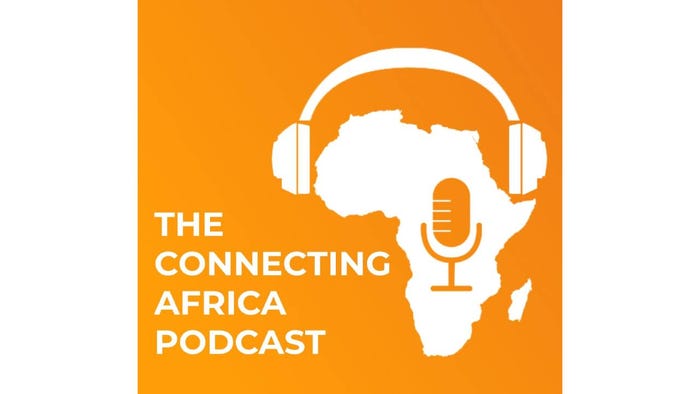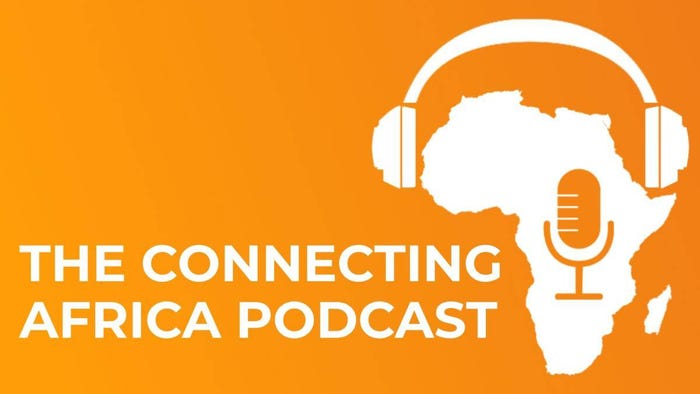Mobile money transactions hit $1.26T in 2022 - GSMAMobile money transactions hit $1.26T in 2022 - GSMA
Total mobile money transaction values grew 22% in 2022 to US$1.26 trillion, according to the GSMA State of the Industry Report on Mobile Money 2023, and there are 1.6 billion registered mobile money accounts globally, 781 million of which are in Africa.

There are now 1.6 billion registered mobile money accounts globally, growing 13% year-over-year (YoY) in 2022, and 781 million of those are in Africa, with accounts on the continent spiking 17% YoY. Total transaction values also grew 22% between 2021 and 2022, to US$1.26 trillion.
That's according to the GSM Association's (GSMA's) State of the Industry Report on Mobile Money 2023, published this week.
The 2023 report found that the growth was spurred in part, by regulatory changes in sub-Saharan Africa, particularly in Nigeria and Ethiopia where mobile money adoption rose rapidly. Nearly two-thirds of the growth in mobile money accounts was in sub-Saharan Africa while a fifth was in South Asia.
Accounts active on a 30-day basis also grew at the same rate YoY globally, with sub-Saharan Africa driving the bulk of this increase.
North Africa saw 15% growth during the year and the region now has around 18 million registered mobile money accounts while the other 763 million accounts come from sub-Saharan Africa.

(Source: GSMA)
The report, published annually by the GSMA and funded by the Bill and Melinda Gates Foundation, found that rates of mobile money adoption were even quicker than expected. While it took the industry 17 years to reach the first 800 million customers, it took just five years to reach the next 800 million.
"It is promising to see the continued growth of mobile money worldwide. Mobile money has afforded millions of unbanked and underserved people in low- and middle- income countries access to digital financial services, for the first time," said Max Cuvellier, head of mobile for development at GSMA.
The GSMA estimates there are still 1.4 billion people worldwide who remain unbanked, and more work is still needed to help give underserved communities access to safe, secure and affordable financial services.
"It is clear that mobile money is driving financial inclusion around the world. As it continues to grow, it offers an incredible opportunity to reach the 1.4 billion people who still do not have access to financial services. As we work towards a sustainable and resilient future in which everyone is connected, it is absolutely vital that we also keep working to design safe and secure financial services for all," added Mats Granryd, director general of the GSMA.

(Source: GSMA)
Cuvellier said the GSMA is encouraging governments worldwide to keep developing the enabling policies that can support mobile money deployments and further boost the growth of the ecosystem.
Earlier this month, pan-African operator, Vodacom, released a policy paper warning that taxation policies pose a significant challenge to the financial inclusion gains made by mobile money in Africa.
The GSMA also commented that "some countries have introduced taxes on mobile money transactions and fees that do not align with their financial inclusion objectives".
The GSMA, however, said that some of the key contributors to the growth of mobile money in the past few years have been regulatory changes in large markets.
"In Nigeria, for example, new licenses have seen many new mobile money players emerge, and with this a 41% growth in the number of registered agents. Not only has this created employment for millions of new agents, but mobile money services are now accessible to more people in Africa's largest economy," Granryd said.

(Source: GSMA)
The number of mobile money agents grew globally from 12 million in 2021 to around 17 million in 2022. Much of this growth was in Nigeria where a liberalized regulatory regime has led to an increase in mobile money providers (MMPs).
"Agents are an important part of any mobile network service and were responsible for two-thirds of all cash-in transactions in 2022," the report said.
Digital transaction volumes grow
Digital transactions are on the rise as the use of cash slows down. Total transaction value for mobile money grew by 22% between 2021 and 2022, from $1 trillion to around $1.26 trillion – and $832 billion of that came from sub-Saharan Africa, with the African growth rate the same as the global average of 22%.
The Middle East and North Africa (MENA) only accounted for $21 billion when it came to transaction values for mobile money, but the region saw a major increase of 45% from the previous year.
However, globally the share of cash-based transactions in the overall transaction mix declined, with cash-in and cash-out transactions dropping nearly two percentage points. This is due to a significant rise in digital transactions, particularly interoperable bank transfers and bill payments, the report said.
In 2020, global daily transaction values exceeded $2 billion and the State of the Industry Report on Mobile Money 2021 (covering data from 2020) predicted this could reach $3 billion a day by the end of 2022. However, this figure was surpassed, with $3.45 billion transacted daily via mobile money in 2022.
West Africa takes on East African dominance
Unsurprisingly the region in Africa with the most registered mobile money accounts is East Africa with 390 million, followed by West Africa with 290 million accounts. East Africa's registered accounts grew 12% YoY while West African nations saw an uptick of 27% during the year.
Central Africa follows with around 65 million accounts, growing 6% during the year, while Southern and Northern Africa have the lowest number of registered users at 18 million each, growing by 16% and 15% YoY respectively.
The GSMA did however observe a regional shift with West Africa gaining traction.
"In the early years of mobile money growth, East Africa was the powerhouse. The region had the highest activity rate in sub-Saharan Africa in 2020, but this has fallen for two consecutive years."
"Activity rates in West Africa increased consistently between 2018 and 2022 and are now approaching sub-Saharan African activity rates," it said.

(Source: GSMA)
In 2022, West Africa had the highest number of new accounts of all sub-regions worldwide. Within West Africa, Côte d'Ivoire, Ghana and Senegal have been mobile money leaders, followed closely by Benin, Burkina Faso and Mali.
The introduction of payment service bank (PSB) licenses has also had a significant impact in Nigeria, where mobile money usage has grown steadily.
Another interesting statistic was that mobile money remains a key savings channel in 2022, with around 60% of MMPs offered users a savings account. Half of these providers did not offer a savings product in 2021.
The World Bank Global Findex 2021 found that 15% of adults in sub-Saharan Africa, or 39% of all mobile money account owners in the region, saved using a mobile money account.
Closing the gender gap
Mobile money continues to drive financial inclusion for women, especially those in rural communities, but a significant gender gap still remains.
The GSMA said that women in low- and middle-income countries are still 28% less likely than men to own a mobile money account.
"More women have a mobile money account than ever before and are using it at a similar rate as men on a 30-day basis. However, there is still a gender gap in account ownership that has recently widened in countries such as Nigeria and Pakistan," the report said.
"One of the main barriers to closing the gender gap is mobile phone ownership: increasing mobile phone ownership can improve mobile money adoption rates among women. Other steps to close the mobile money gender gap include increasing women's digital skills and awareness of the benefits of mobile money, and tackling social norms and other barriers that are preventing women from using it," the report's authors concluded.
*Top image source: Image by prostooleh on Freepik.
— Paula Gilbert, Editor, Connecting Africa



.jpg?width=700&auto=webp&quality=80&disable=upscale)
_(1).jpg?width=700&auto=webp&quality=80&disable=upscale)
_(1)_(1).jpg?width=700&auto=webp&quality=80&disable=upscale)
.jpg?width=700&auto=webp&quality=80&disable=upscale)
.jpg?width=700&auto=webp&quality=80&disable=upscale)
.jpg?width=700&auto=webp&quality=80&disable=upscale)
.jpg?width=700&auto=webp&quality=80&disable=upscale)
.jpg?width=800&auto=webp&quality=80&disable=upscale)


.jpg?width=700&auto=webp&quality=80&disable=upscale)
